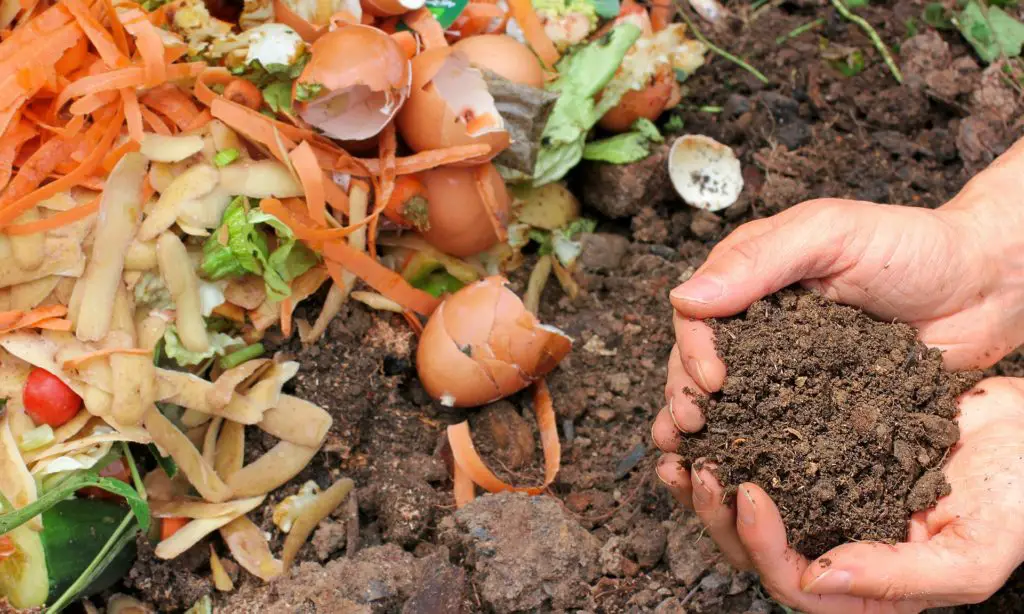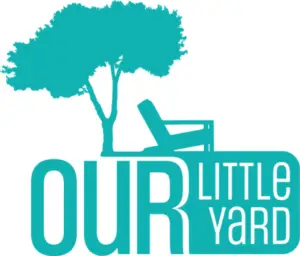When my family started composting a few years ago, we mistakenly thought, like many people, that our efforts were a bit infallible. We generally assumed that if a food could and would decompose, it must have something to offer the soil. Most food scraps went from our table into our compost bucket, and with any luck (we thought) would be reincarnated as beautiful, healthy plants. What has been more important than luck has been trial and error and a few guidelines about what makes good compost and what does not. Take bread for instance. Bread is made of organic matter, so can you compost it?
Yes, you can compost bread because it will decompose quickly and add nitrogen to your soil. Nitrogen is one of the key elements of an effective compost pile (read more on this below). There are, however, some potential drawbacks to adding bread to your compost pile. Decomposing bread is more likely to attract rodents or pests than other nitrogen-rich food scraps like fruits, vegetables, and coffee grounds. This is especially true if the bread in your household contains dairy.

If you are composting in an open container, you will want to consider what kinds of creatures may be attracted to the smell. If you are using an enclosed unit, such as a tumbler, this may not be an issue.
The community composting facilities in my area allow bread and even dairy products, as do most municipal facilities. If you are collecting compost to deposit at a facility operated by your municipal government or any other type of community composting, you should check to see what their specific requirements are for allowable compost.
Is It Possible to Have Too Much Bread in Compost?
The most important thing to remember when trying to determine if you have too much bread in your compost is the ideal ratio. Composting breaks down organic matter to become a substance called humus. Humus is a nutrient-dense material that helps plants retain moisture and acts as a natural fertilizer.
You will get the best results for effective humus if you compost using a 4:1 ratio of “brown” or carbon-rich material such as sawdust, leaves, and twigs to “green” nitrogen-rich material like grass clippings and food scraps. Bread is the “green” category, of which you need far less than the “brown”.
If your compost pile begins to take on a bad odor, chances are that you have too much “green” material in your compost pile and that the material is tightly packed. You can remedy this by adding more “brown” and turning the pile to aerate it. If your compost pile is decomposing properly, you should notice it decreasing in size after several weeks as the pile of material settles.
At my house, we do not compost bread, mostly because we don’t need to. We are able to achieve our desired 4:1 ratio with the amount of fruit and vegetable scraps that we add to the compost bin. Having said that, if one of our children accidentally empties their bread into the compost bin, it is not a problem. It happens sometimes.
The 4:1 ratio is a general rule of thumb, and we have had pretty good results with our compost without being too meticulous about the ratio.
Can Moldy Bread Be Composted?
Moldy bread will not damage your compost. In fact, the microorganisms in moldy bread or produce will likely help your compost decompose faster. The same is true for produce with mold.
What About Other Starches Like Pasta or Rice?
Just like bread, other starchy foods like pasta or rice are also fine for composting, provided they are not coated in a sauce. Most sauces contain fats, or dairy or salt, or sugar, and will definitely contribute to pests and give the compost a strong odor as they decompose.
Does Compost Need to Be Watered?
The microorganisms making their home in your compost pile need water, so you’ll need to maintain a somewhat consistent moisture level. You don’t necessarily need to be on a watering schedule, but should water as often as necessary to keep it moist. A simple visual and touch test is sufficient.
The pile should feel moist to the touch, with most sources suggesting that the ideal moisture content is the consistency of a sponge that has been wrung out. If your bin is too wet, you may be depriving the microorganisms of necessary air pockets in the compost. If you notice excessive dripping when you handle the compost, chances are that your pile is too wet. However, you should be able to get some drops by squeezing a handful from your pile.
If you are using an open container, the top and sides of the pile will tend to get dry more quickly than the interior. During dry months, you can help maintain moisture by keeping the top of the pile lower to allow water to properly seep through the pile. If you live in an area with heavy precipitation, you can cover your compost pile with a tarp to help avoid excessive moisture.
How Do I Know When My Compost is Ready to Use?
When you start to notice your compost pile looking dark and broken down into small or crumbly pieces, it is ready to use. It is okay if there are still a few pieces of food scraps that have not fully decayed. You can simply set these larger pieces aside to go back into the pile for the next round of composting.
New to Composting?
If you are a composting novice, I commend you on giving it a try! Composting your food waste will lower your carbon footprint by helping reduce methane emissions, which are a greenhouse gas, that food waste creates in landfills.
Communities all over the U.S. are becoming more interested in the benefits of community composting. Not only are municipal governments considering rolling out composting programs, but many areas have non-profit agencies that are dedicated to educating new composters with workshops, or even providing community compost facilities.
